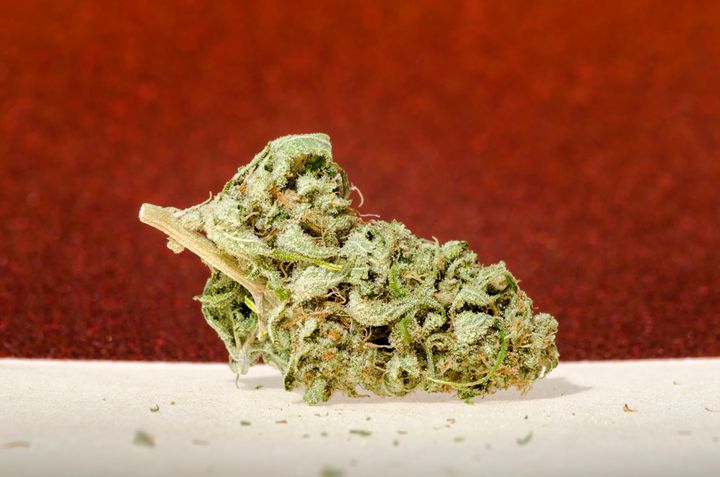Almost one-quarter of cancer patients in a study said they used medical marijuana in the past year.
One
of the most well-known purported uses for medical marijuana is to
alleviate symptoms related to cancer treatment, and a new study finds
that use of the drug among cancer patients is not uncommon.
In the study, which included more than 900 cancer patients in Seattle, nearly one-quarter reported using medical marijuana in
the past year. In addition, almost all the participants said they
wanted to learn more about medical marijuana, according to the study,
published today (Sept. 25) in the journal Cancer.
But
existing research on marijuana’s effects on cancer-related symptoms is
limited, the researchers said. Indeed, the study underscores the need
for more research into the risks and benefits of marijuana use among
cancer patients, lead study author Dr. Steven Pergam, a researcher at
the Fred Hutchinson Cancer Research Center in Seattle, said in a statement.
Cancer
patients want information about marijuana use during their treatment,
but they aren’t getting this information from their doctors, Pergam
said. Because of this, patients instead seek information from
“alternate, nonscientific sources,” he said.
In
the study, the researchers surveyed cancer patients at the Seattle
Cancer Care Alliance, a cancer treatment center. The survey included
questions about marijuana use among cancer patients, as well as questions about the patients’ beliefs surrounding the drug.
The researchers found that 24 percent of the patients in the study were “active users,” meaning that they had used marijuana in
the past year for cancer-related symptoms, and 21 percent reported
using the drug in the past month. These rates are more than double those
reported in national surveys of any type of marijuana user, the
researchers said.
Among
the active users, the researchers found that 74 percent reported using
marijuana at least once a week, 56 reported using the drug at least once
a day and 31 percent reported using the drug multiple times a day.
Smoking and consuming edibles were the most common ways of using the
drug, the researchers found.
Three-quarters of the active users said they used the drug to help with physical symptoms, including pain and
nausea, and two-thirds reported that they used marijuana to help with
psychiatric symptoms, including stress and sleep problems.
Active users were more likely than people who never used the drug to cite legalization as
a reason for using marijuana, the researchers found. Active users were
also younger than those who didn’t use the drug or who had used the drug
in the past but quit, according to the study.
And though 74 percent of the people in the study said that they would like information on medical marijuana from
their cancer teams, less than 15 percent actually received information
from their health care providers. Instead, most people sought out
information from friends, family members, media sources or other cancer
patients, the researchers found.
The
researchers noted that the study had limitations. For example, it’s
possible that the people who completed the survey were more likely to
have an interest in medical marijuana, the researchers said.
In addition, because the study was carried out at only one cancer-treatment center and in a state where recreational marijuana use is legal, the findings may not apply to people across the country, the researchers said.
In addition, because the study was carried out at only one cancer-treatment center and in a state where recreational marijuana use is legal, the findings may not apply to people across the country, the researchers said.


No comments:
Post a Comment